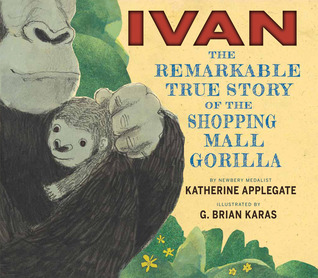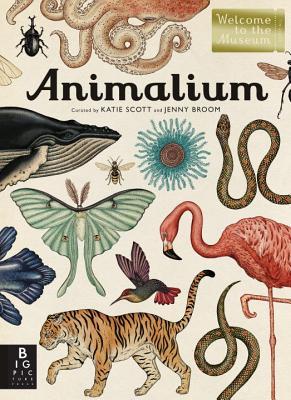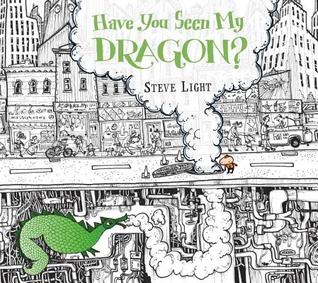I am obsessed with nonfiction read alouds and how they help build knowledge, vocabulary and thinking in your class! So this week, my top ten books are all about trees – their beauty, their strength, their importance, and their interconnectedness of nature – and how we need to work together to protect them. These books are filled with interesting facts but also invite readers to look and think about trees in new ways. Lots of learning, discussing, and thinking will emerge from these book gems!
Here are my top 10 books about trees!

The Magic and Mystery of Trees – Jen Green
A mesmerizing, fact-filled book about trees, complete with stunning illustrations. A perfect read aloud that will lead to so many questions and discussions about trees. Includes engaging activities including how to plant a tree. Did I mention that the illustrations were amazing????

Sometimes I Feel Like an Oak – Danielle Daniel
This is the latest companion book to the successful series by Indigenous author Danielle Daniel which includes Sometimes I Feel Like a Fox and Sometimes I Feel Like a River. In it, readers explore the nature and beauty of twelve different trees through twelve lyrical poems and journeys readers through the seasons, from early spring to deep winter. Gorgeous illustrations! NOTE: This book will be released on April 2nd.
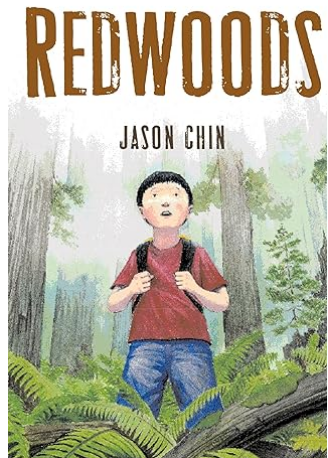
Redwoods – Jason Chin
Jason Chin is one of my favorite author/illustrators. In this book, an ordinary train ride becomes and extraordinary trip to the great ancient forests. It’s such a phenomenal picture-book that is a perfect blend of factual narrative and fantasy adventure. Your students will LOVE this book and learn a lot about ancient redwoods along the way.

Be Thankful for Trees: A tribute to the many & surprising ways trees relate to our lives – Harriet Ziefert
Written in lyrical rhyming couplets, this book is a tribute to the many ways trees relate to our lives, from the furniture we sit or sleep on to the musical instruments we play, to the books we read and more. Also touches on environmenatl dangers of fires, floods and deforestation on trees and ends with encouraging readers to help to protect the environment. A great read for primary students.

Stand Like a Cedar – Nicola I. Campbell
When you go for a walk in nature, who do you see? What do you hear? A simple, yet powerful story depicting many indigenous traditions and celebrates gratitude for the land, plants, and living creatures that sustain life. Written in English but with key Salish words included. I love that the back of the book includes a translation guide with tips on how to pronounce the words.

Tree Math: See, Think and Wonder – Deanna Pecaski Mclennan
In this book, readers explore the math that exists in tree exploration using the ‘see, think, and wonder’ thinking routine. Colourful photos and accessible text invite readers to explore the fun and excitement of tree math! An effective resource to inspire math talks in your classroom or before heading outside to play and explore the living things around your school.

The Glorious Forest That Fire Built – Ginny Neil
After the fire and evacutation so many of us experienced this past summer, this book could not have come at a better time. It is an EXCELLENT resource that gently teaches about the cycle of life that occurs after the devastation of a forest fire. The lyrical text and lovely read-aloud lines works so well with the beautiful images of animals and plants rebounding. Highly recommend this book!

Tall, Tall Tree: A Nature Book for Kids About Forest Habitats – A Rhyming Counting Book – Anthony D. Fredericks
This beautiful counting book, wrtten in rhyme, is a perfect choice for younger readers. On the first page, a northern spotted owl welcomes everyone and invites readers into the magical world of the tall, tall Redwood tree. Readers discover how useful the Redwood tree is to all creatures and the author does a great job of raising awareness of protecting our forests. GORGEOUS illustrations!
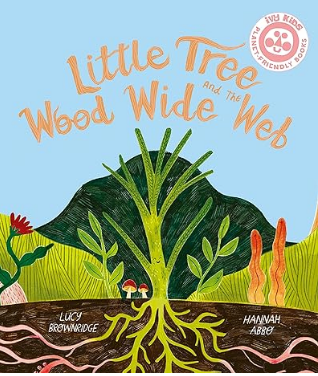
Little Tree and the Wood Wide Web – Hannah Abbo
This book uses a sweet, fictionalized tale of a little fir tree sapling to introduce young readers to the concept of the Wood Wide Web, a way that trees can communicate and help one another through their root systems. Such an interesting way to explore all the activity that is occurring under our feet, and a beautiful way to teach young children to appreciate nature.
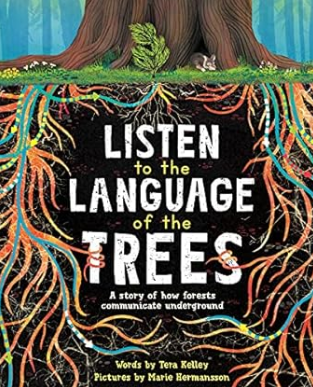
Listen to the Language of the Trees: A story of how forests communicate underground – Tera Kelley
Another fascinating picture book that explores the underground communication system between trees called the “Mycorrhizal networks”. The book is written in an accessible say way and helps young readers see that the natural world depends on staying connected and helping others—just like us! Interesting back notes helped build my background knowledge!

What Do You See When You Look at a Tree? – Emma Carlisle
I LOVE this book – filled with all the book joy things I like best – poetry, questions, and deep thinking! This thoughtful book invites children to think about the trees all around them in a different way. Written in the form of a poem as a series of questions, readers are invited to, instead of just thinking about trees as branches and leaves, to consider the ways in which they are unique, living beings. LOVE this one!
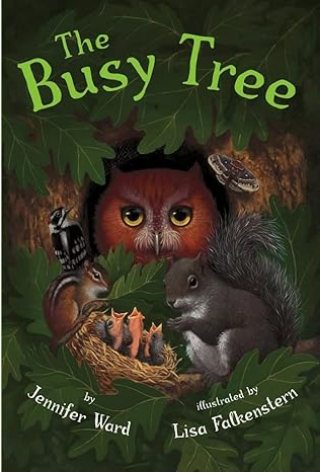
The Busy Tree – Jennifer Ward
“I’m a tree, a busy tree…come and see.” If all you see when you look at a tree is leaves, branches, and bark, look again. This beautifully illustrated book shows readers how many of earth’s creatures actually benefit from trees – how tree’s roots nourish acorns and those acorns nourish chimunks. We see how ants, spiders, birds, squirrels and people benefit from the tree’s bark, branches and leaves. Such a good introduction to interconnectedness!













